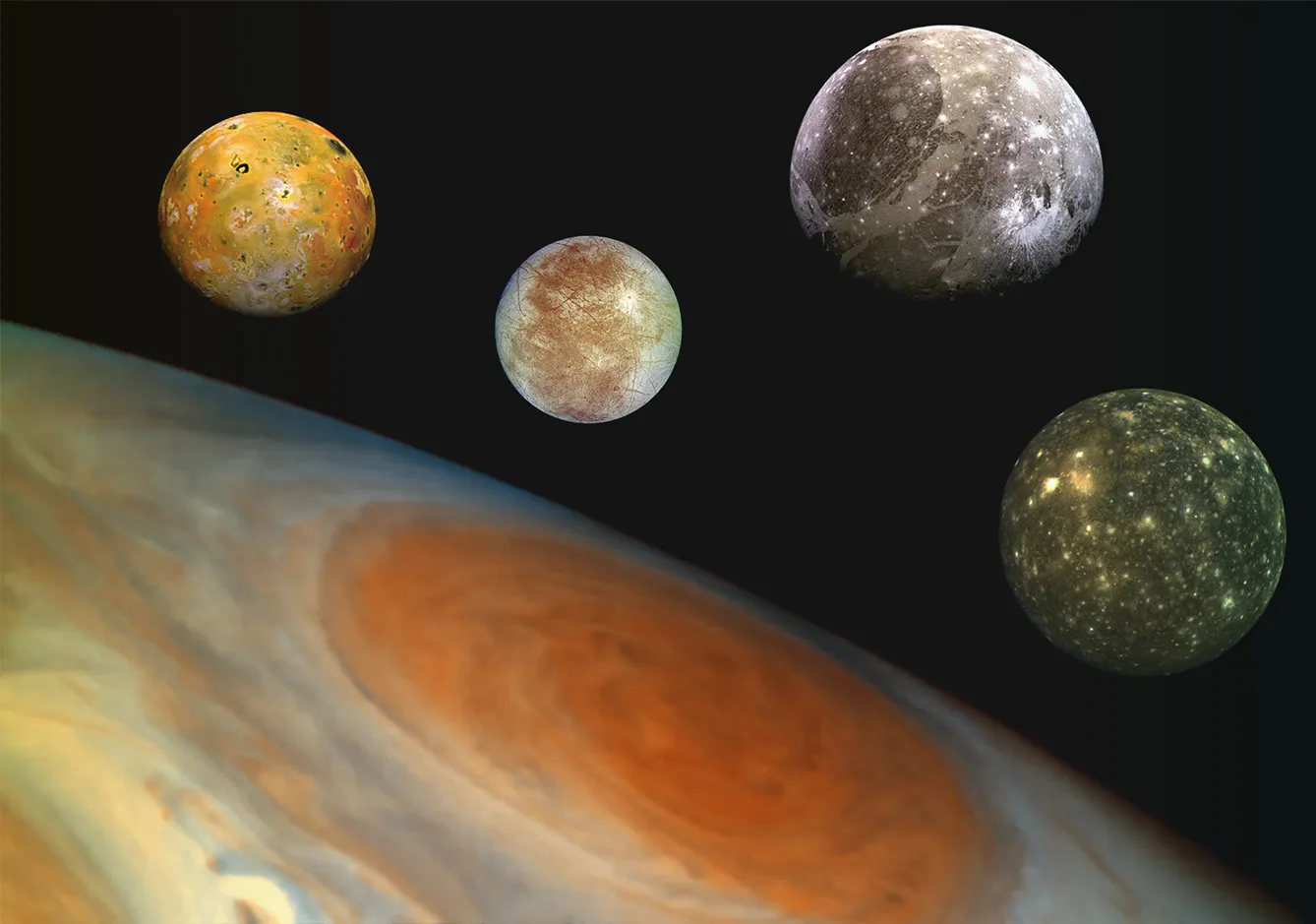Poland and its growing space sector may not be directly launching rockets into space like NASA and SpaceX or participating in manned missions to the International Space Station. Nonetheless, the country has already made a lasting presence in space. Over the past few decades, many important scientific missions utilizing probes sent into the depths of the cold, cosmic void were only made possible thanks to Polish-made instruments on board, constructed by Polish scientists.
JUICE = Jupiter Icy Moon Explorer
Jupiter has long tempted scientists. Both imagination and scientific rationale have fed visions of extraterrestrial life just waiting to be discovered beneath the frozen surface of Jupiter’s icy moons. While we currently lack the technological capabilities to directly search for alien life on the surfaces of these worlds, we can search for signs of life, such as liquid water, which is widely recognized as essential for the emergence and sustenance of life, as well as specific traces in the composition of the atmosphere.
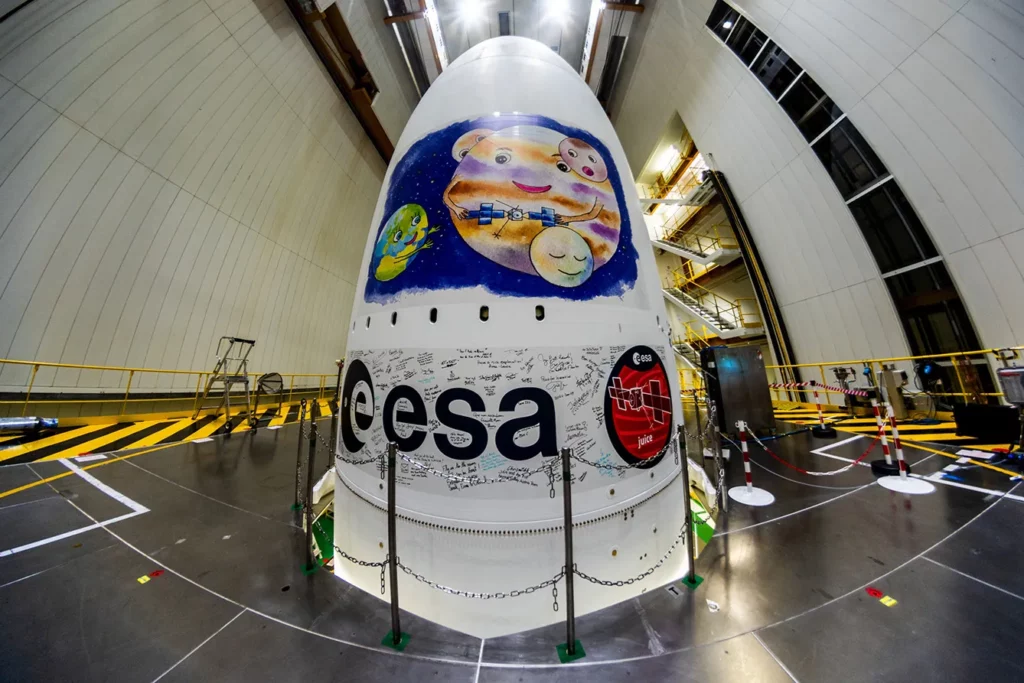
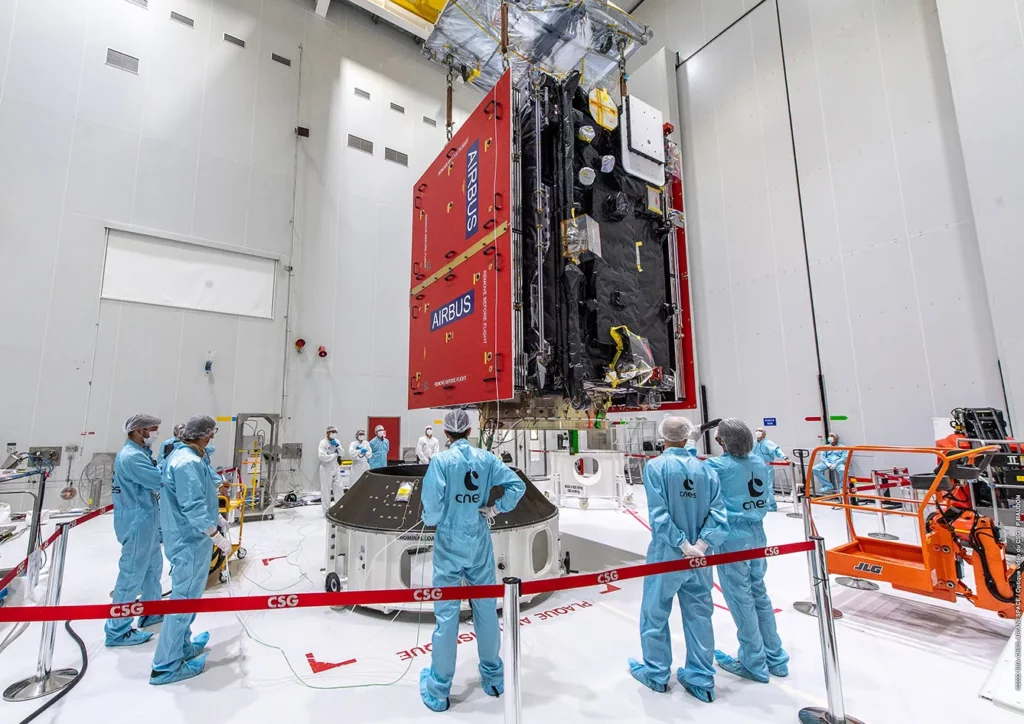
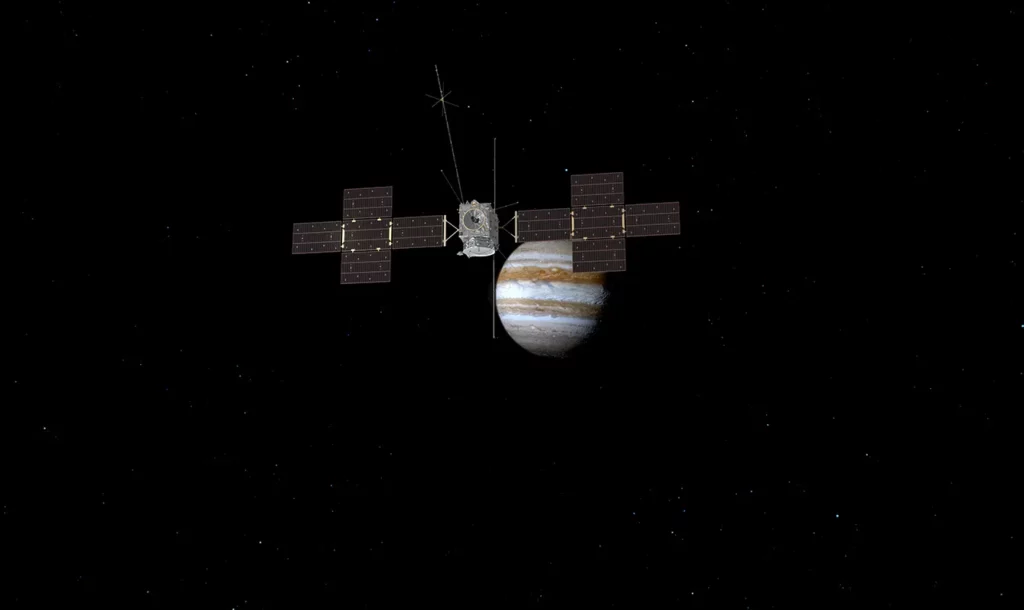
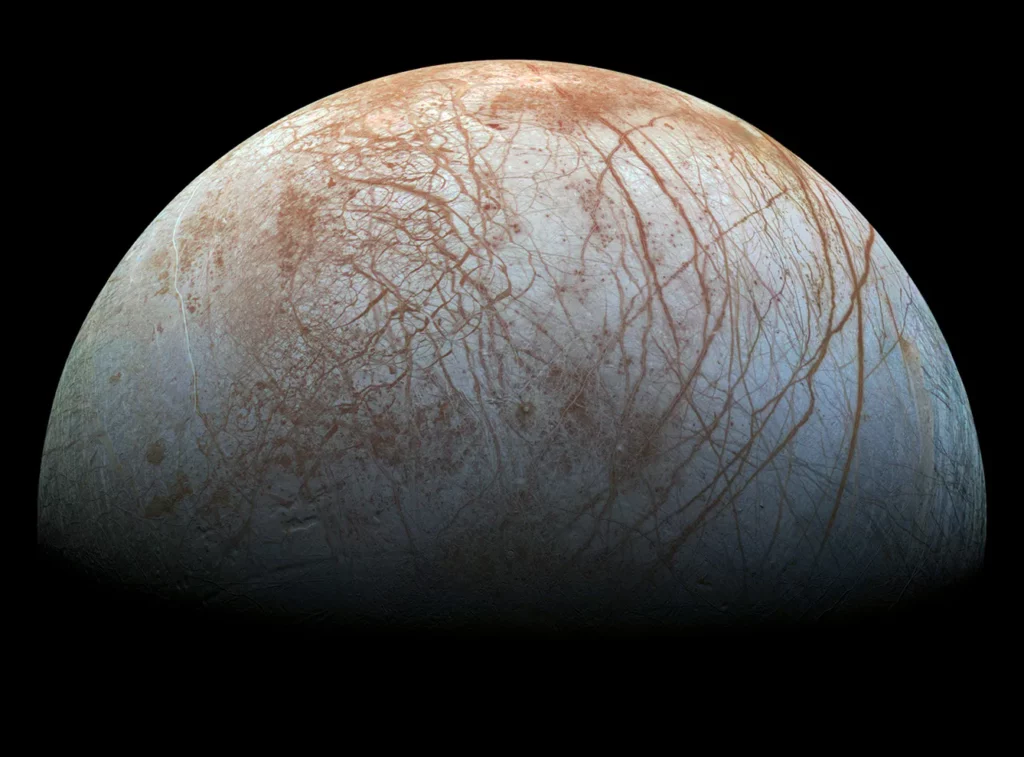
That is the essence of the mission designed by the European Space Agency (ESA) and currently being carried out by the JUICE probe. Its travel destination is Jupiter’s icy moons – the famous Europa, covered in perpetually frozen oceans, suspected to harbor a liquid ocean beneath its icy crust maintained by geothermal activity similar to those known on Earth.
A wish list of potential locations
Another spot on ESA’s list of places worth exploring is Ganymede, the largest moon in the solar system, which possesses its own dipole magnetic field strong enough to create a small magnetosphere, partially shielding its surface from Jupiter’s radiation. Thanks to the Hubble Space Telescope, we also know that Ganymede has a tenuous atmosphere composed almost entirely of oxygen. Once again, strong indications for potential undiscovered life.
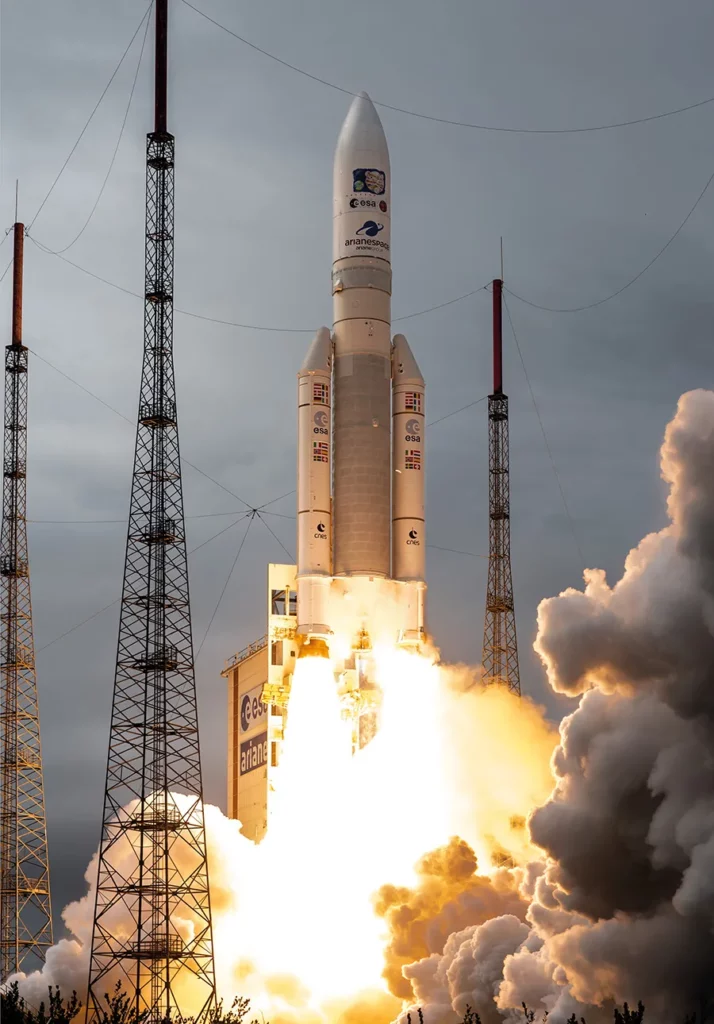
There is also Callisto, an icy-rocky moon, the least exposed to the radiation of the giant around which it orbits. Previous studies from the Galileo spacecraft suggest that similar to Europa, a saltwater ocean may exist beneath a thick ice layer spanning over 100 kilometers. The common characteristic of these three celestial bodies is their suspected subsurface liquid oceans. Exploring them would greatly contribute to our understanding of the potential for life in icy worlds. JUICE’s mission in this remote corner of the cosmos is to conduct detailed studies of Ganymede, as well as comparative research on Europa and Callisto.
On 14 April 2023, the JUICE spacecraft was launched from the Guiana Space Centre using an Ariane 5 rocket. Among the many complex and precise scientific instruments on board are cameras, spectrometers, magnetometers, and a laser altimeter. These devices will enable surface mapping and the study of the composition, geology, and environment of the Jupiter system.
Polish contributions to the JUICE mission
Two out of the ten instruments on the JUICE spacecraft were developed and constructed by scientists from the Space Research Centre of the Polish Academy of Sciences (CBK PAN) and specialists from Astronika – a Polish private space sector company specializing in innovative mechanical solutions and precise devices, such as sample collection equipment, booms, ultralightweight antennas, and microsatellite structures.
The Polish equipment on board JUICE includes the Sub-millimeter Wave Instrument (SWI), a radiotelescope designed to measure the temperature and atmospheric composition of the investigated moons, as well as the interactions between their atmospheres and the surrounding environment.
The second instrument designed by Poles is the Radio & Plasma Wave Investigation (RPWI) – antennas that receive radio and plasma waves intended to investigate the radio emissions and plasma environment of Jupiter and its icy moons. It is worth noting that Poland is recognized as a European leader in Radio Wave Investigation technology.
Poland’s participation in the JUICE mission is not only evidence of Poland’s growing position in the European space sector but also a confirmation of the innovation and technological advancement of Polish scientists and space companies. The development and construction of two important instruments on board the JUICE spacecraft represent a significant contribution to the research and discovery of the mysteries of Jupiter’s icy moons.


